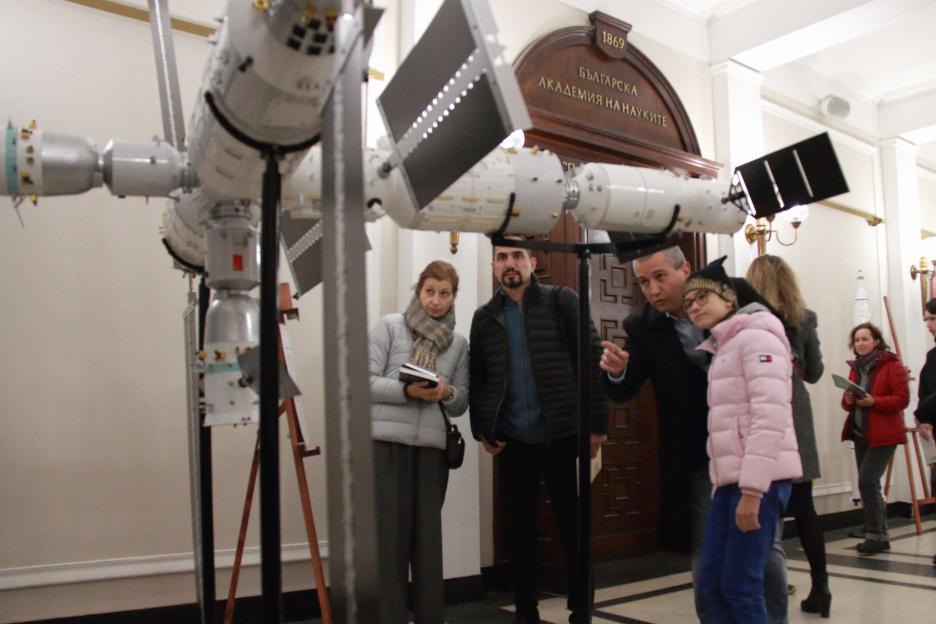China's FAST identifies 11 pulsars


GUIYANG -- China's Five-hundred-meter Aperture Spherical Radio Telescope (FAST), the world's largest single-dish radio telescope, has discovered 11 new pulsars so far, the National Astronomical Observatories of China (NAOC) said Tuesday.
Since FAST started trial operations in September 2016, it has discovered 51 stars which bear features similar to pulsars, and 11 of them have been confirmed as new pulsars by observatories in other countries.
A pulsar is a highly magnetized, rotating neutron star, which emits two beams of electromagnetic radiation.
According to Zhang Pei, scientist with NAOC, pulsars with high density and energy are irreplaceable "celestial laboratories" and could be used to replace navigational satellites to locate spacecraft.
Located in a naturally deep and round karst depression in southwest China's Guizhou Province, FAST has a receiving area equivalent to about 30 football fields.
"FAST has huge scientific potential and it may detect unprecedented signals during searches for pulsars, which will help us in further studies on astrophysics and basic physics," he said.
Pulsar observation is an important task for FAST, which can be used to confirm the existence of gravitational radiation and black holes and help solve many other major questions in physics.
FAST is also in charge of the exploration of interstellar molecules and interstellar communication signals.
- Employee sorry for leaking pop star's rehearsal clips
- Shanghai ready for 2025 version of E-sports Masters
- New 'eco-police' system to be set up by 2027
- Hebei cooperative's cabbage proving a hit across China
- Kunming rail accident spurs safety overhaul nationwide
- Embroidery proving major draw at bustling Guizhou market





































